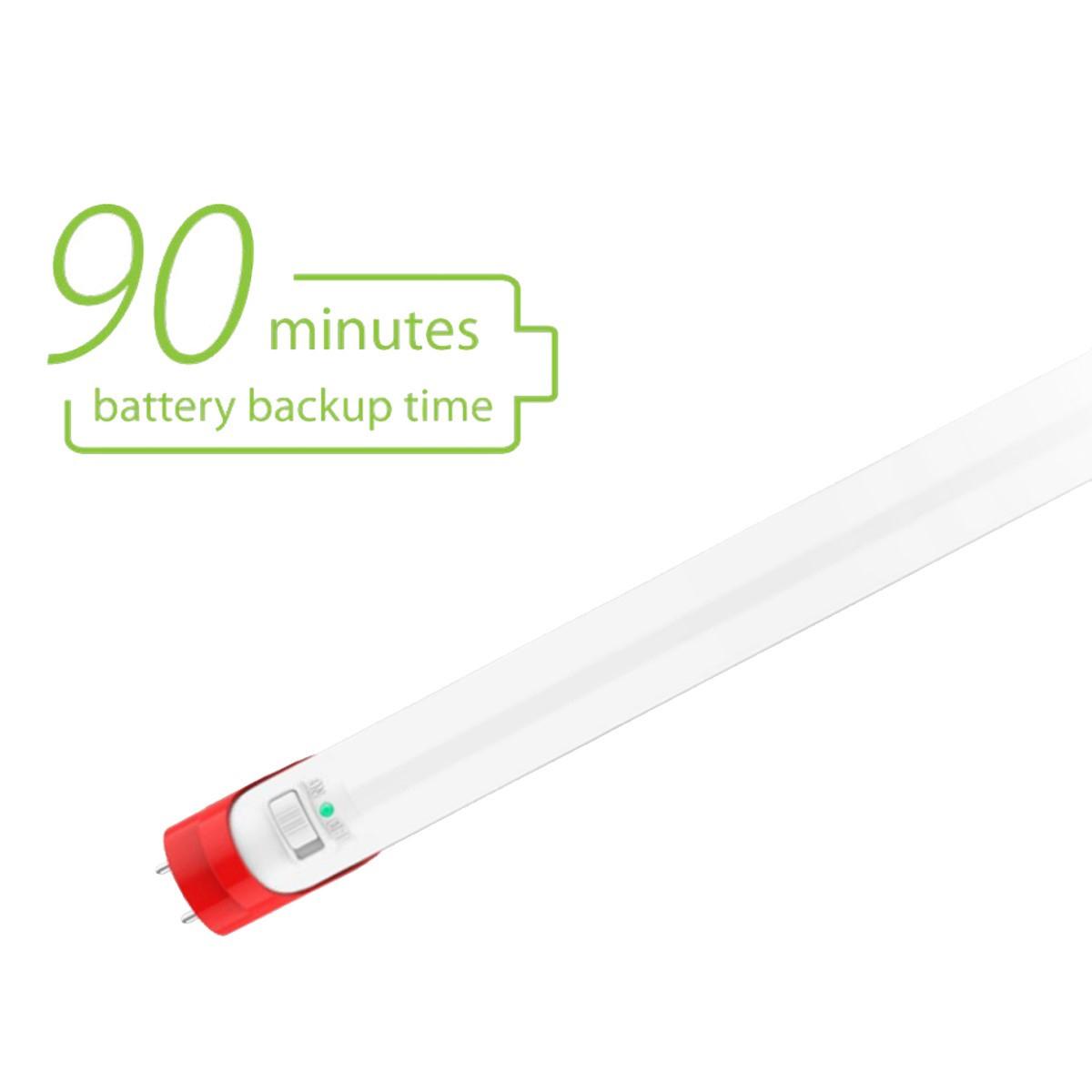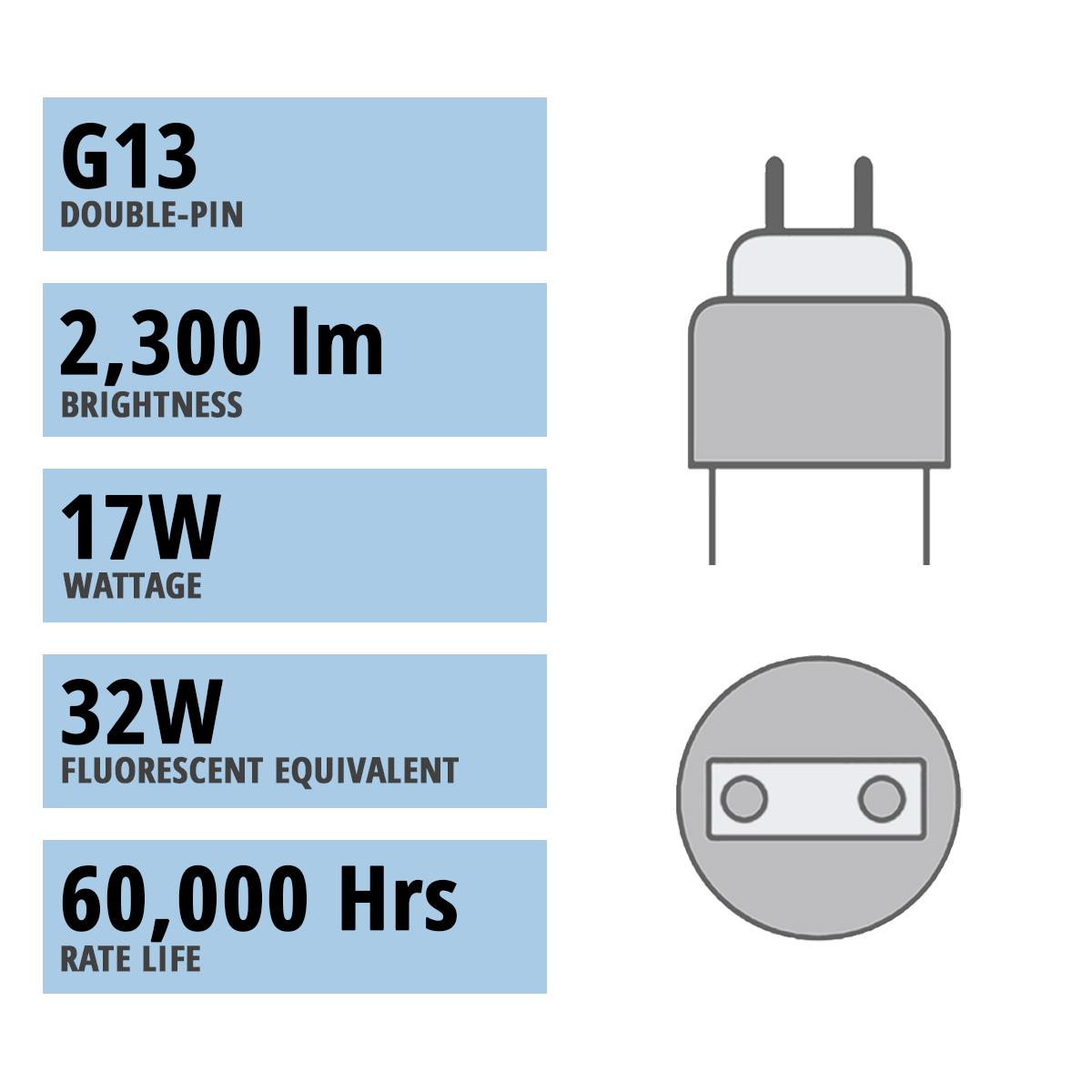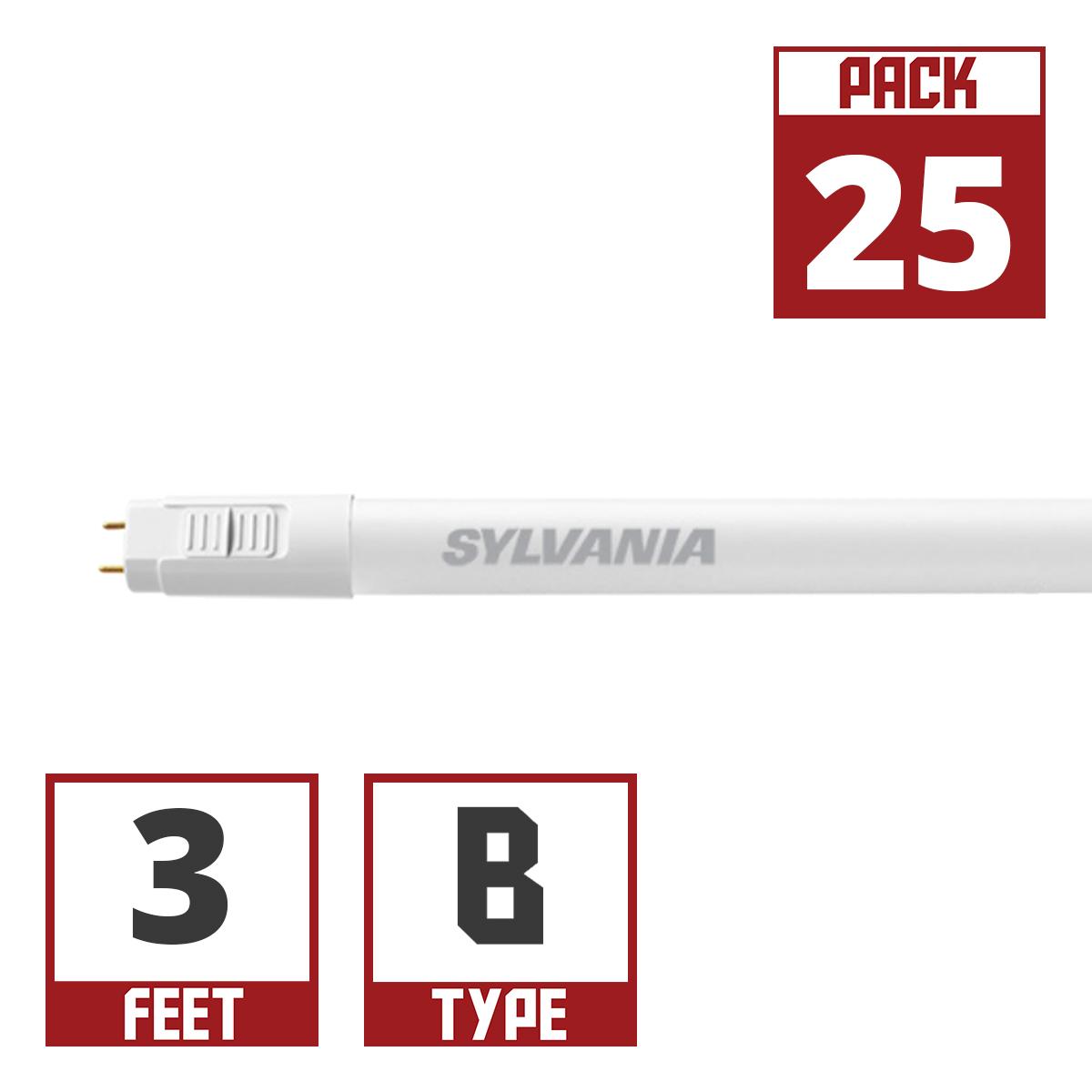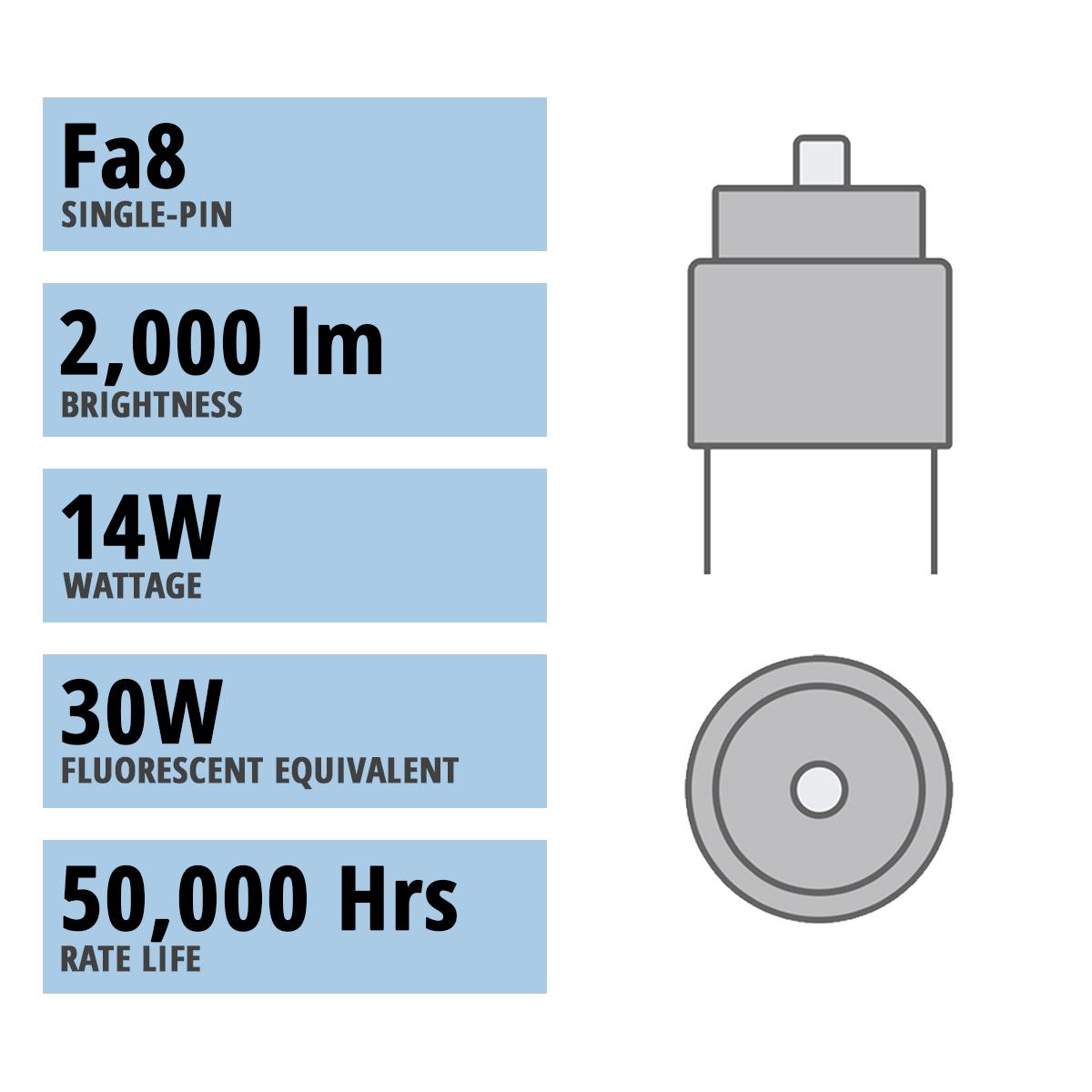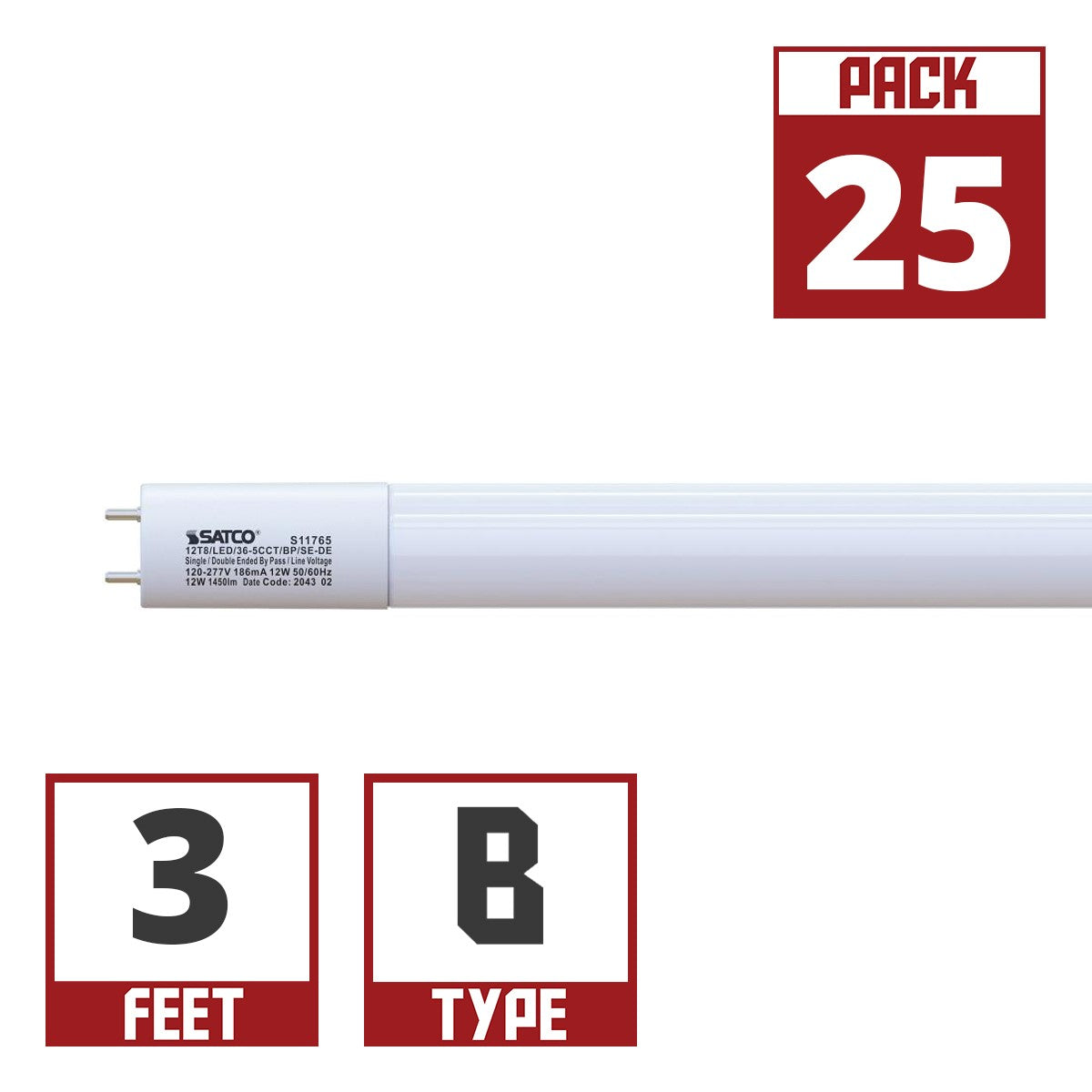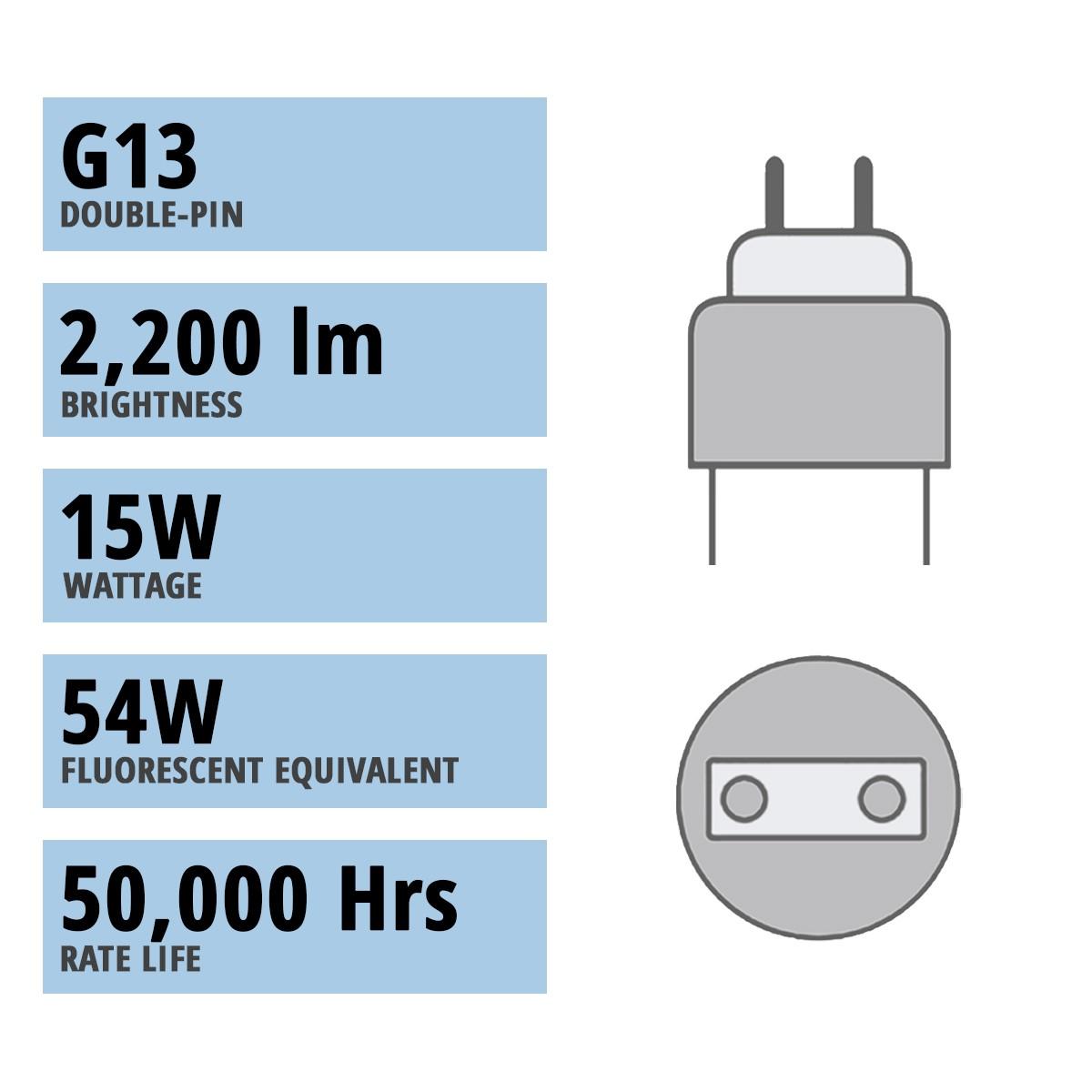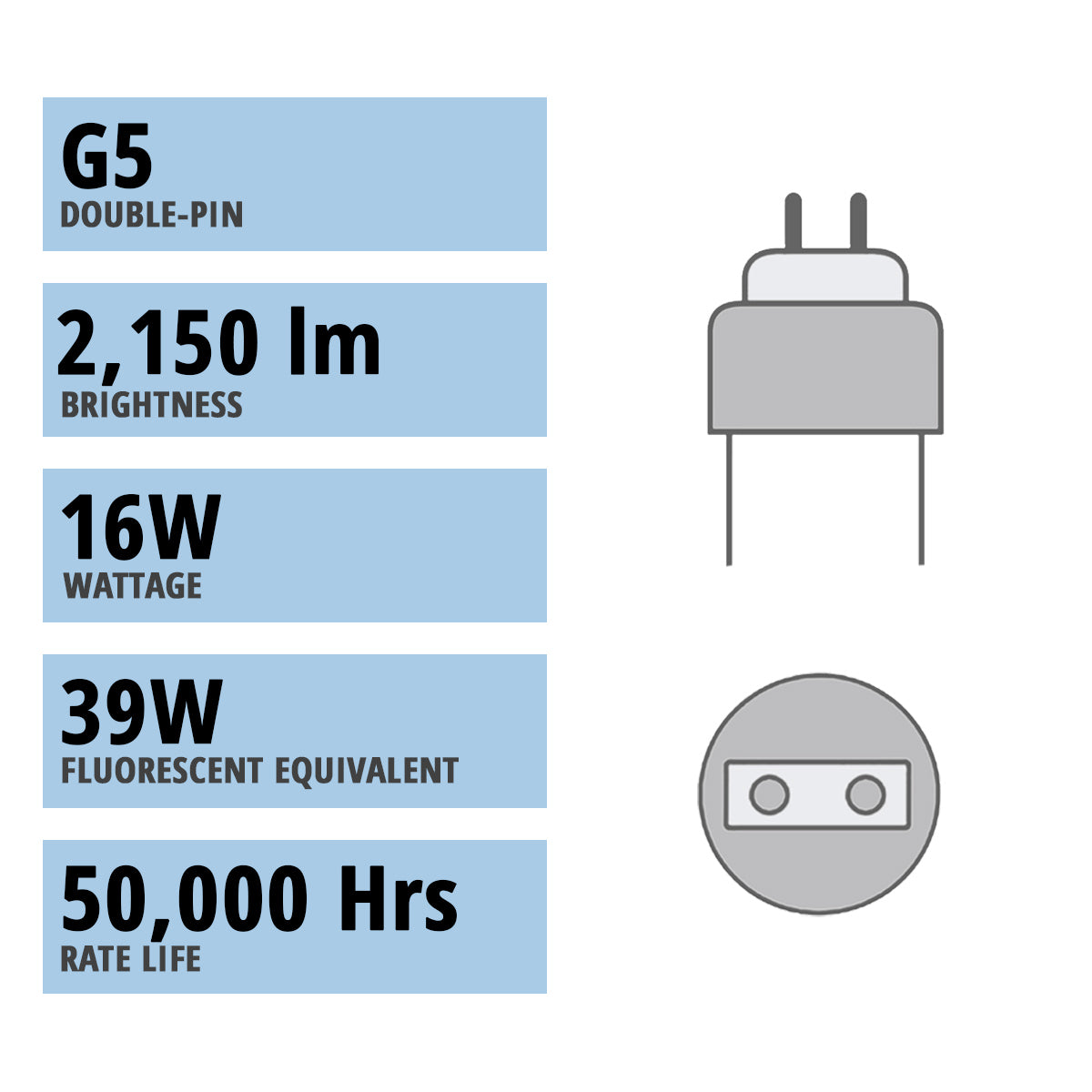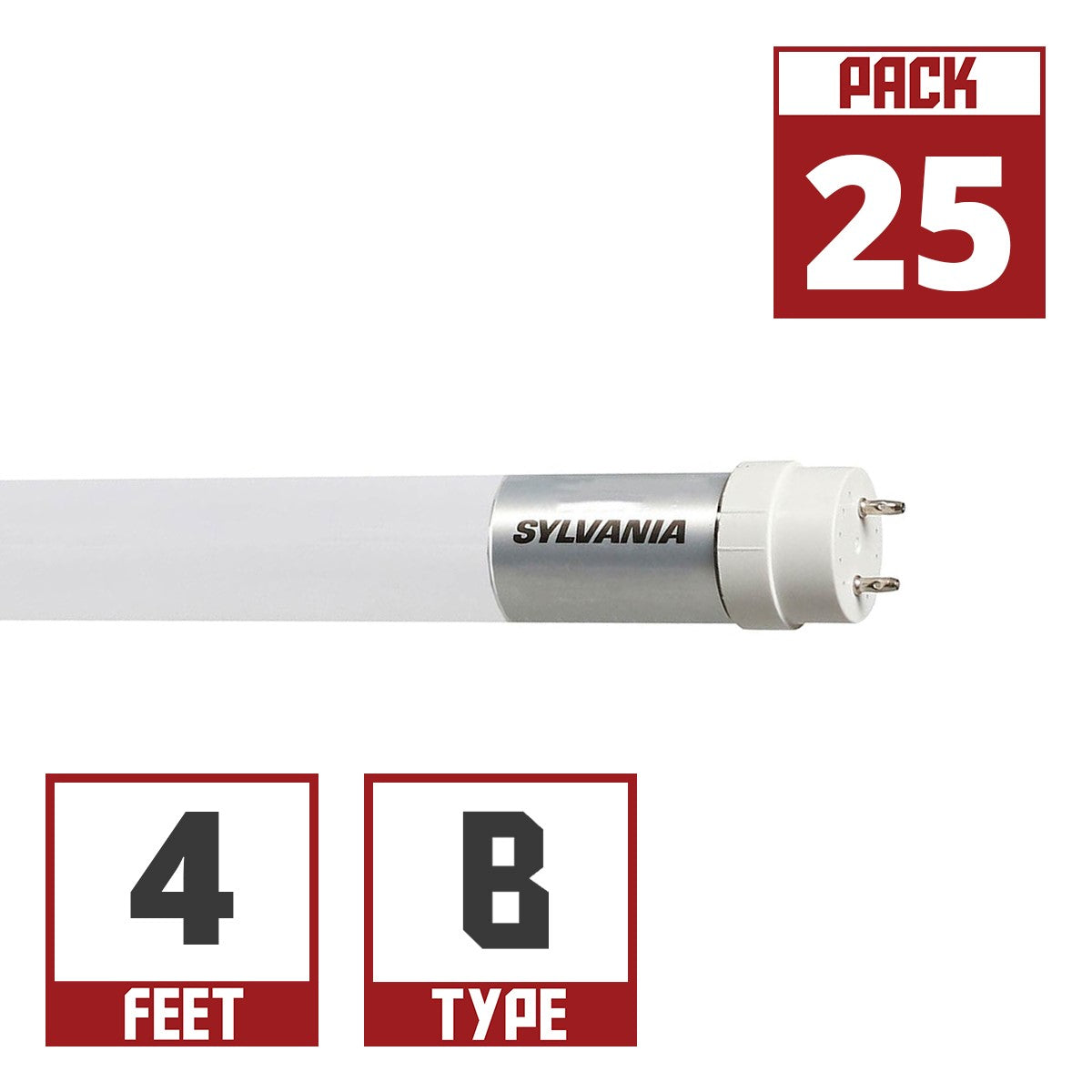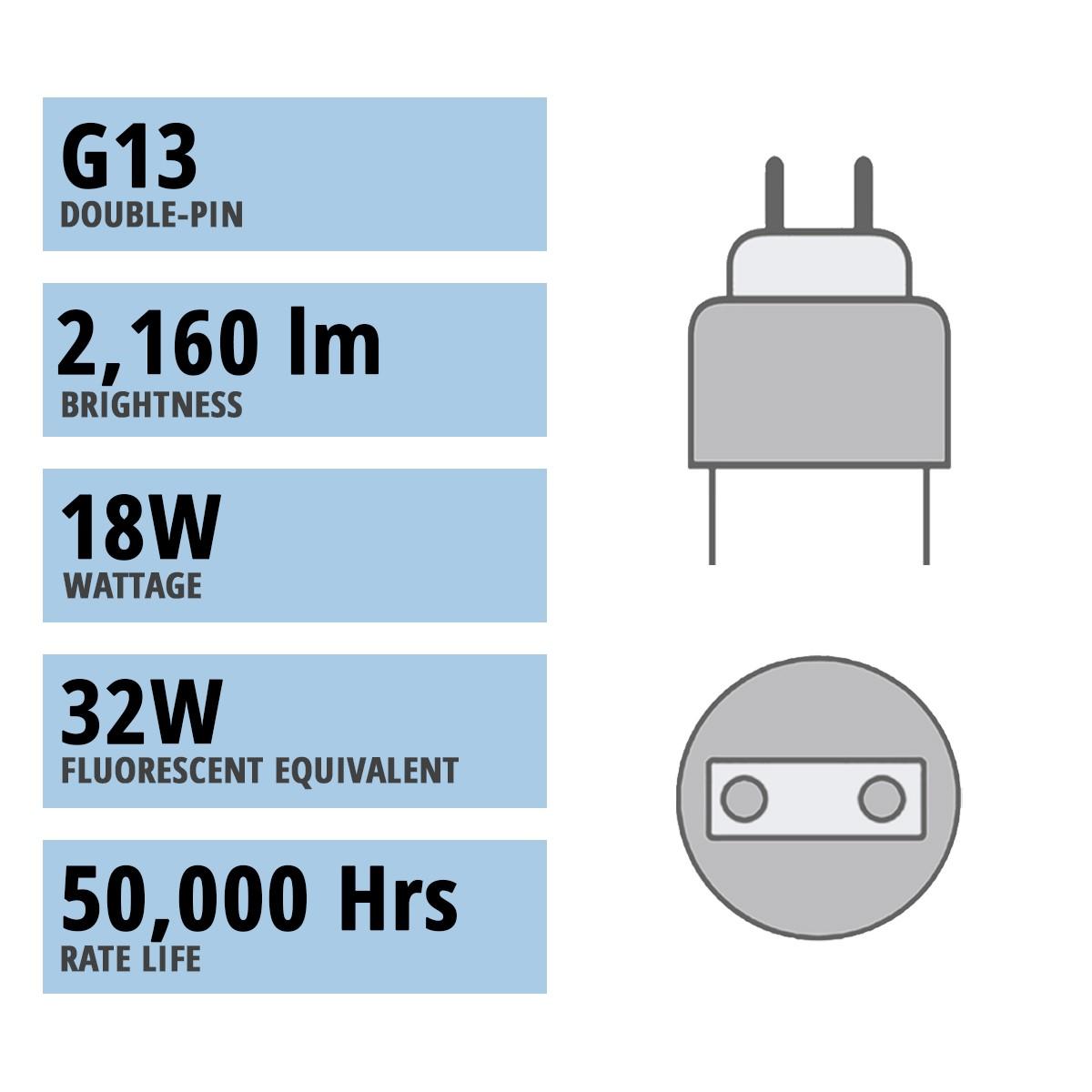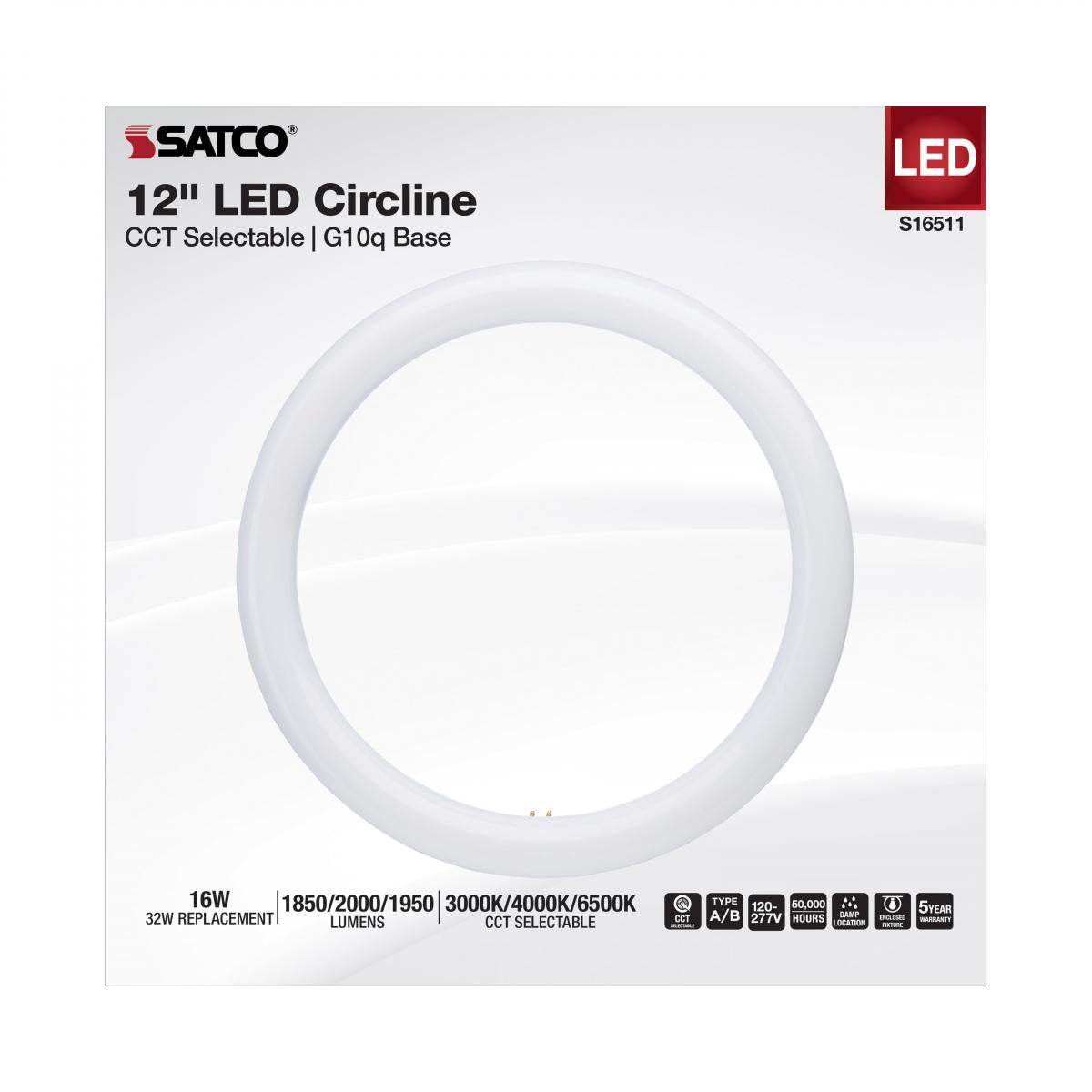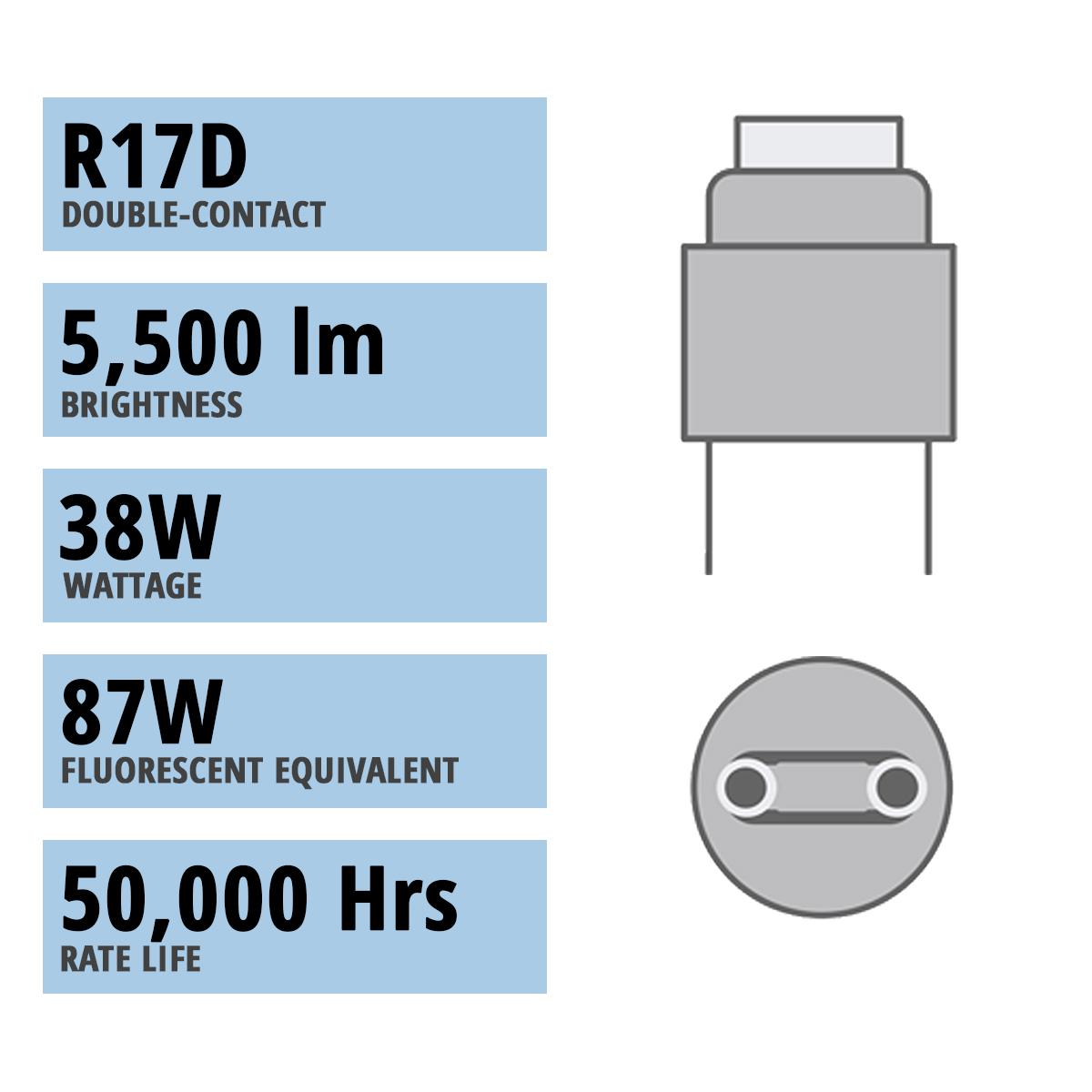LED Tube Lights
BEST SELLERS
As technology continues to advance, the lighting industry has witnessed a significant shift towards more energy-efficient and environmentally friendly solutions. One such solution that has gained immense popularity in recent years is LED tube lights. LED, short for Light Emitting Diode, has revolutionized the way we illuminate our surroundings.
Advantages of LED Tube Lights
LED tube lights come with a myriad of advantages that make them a preferred choice for both residential and commercial settings. Firstly, LED tube lights are highly energy-efficient, consuming significantly less electricity compared to traditional fluorescent lights. This not only helps in reducing energy bills but also contributes to a greener environment by lowering carbon emissions.
Secondly, LED tube lights have a longer lifespan compared to their fluorescent counterparts. On average, LED tube lights can last up to 50,000 hours, whereas traditional fluorescent lights typically last around 10,000 hours. This extended lifespan translates to reduced maintenance and replacement costs.
Furthermore, LED tube lights are known for their superior light quality. They provide bright and uniform illumination without flickering or buzzing. LED technology also allows for better control over color temperature, providing a range of options to suit various settings and preferences.
Understanding the Different Types of LED Tube Lights
LED tube lights come in different types, each designed for specific applications and fixtures. Let's explore some of the most common types available in the market.
T8 LED Bulbs
T8 LED bulbs are the most popular type of LED tube lights. They are designed to replace traditional T8 fluorescent tubes and are compatible with existing fixtures. T8 LED bulbs are available in various lengths, wattages, and color temperatures, making them versatile for a wide range of applications.
T5 LED Bulbs
T5 LED bulbs are another type of LED tube lights that are commonly used in commercial settings. They are designed to replace T5 fluorescent tubes and offer similar energy savings and longevity benefits. T5 LED bulbs are known for their slim profile and are often used in applications where space is limited.
T8 U-Bend LED Bulbs
T8 U-bend LED bulbs are specifically designed to replace U-bend fluorescent tubes commonly found in offices and commercial buildings. These LED tube lights provide the same brightness and energy efficiency as traditional U-bend tubes but with the added benefits of LED technology, such as longer lifespan and better light quality.
T9 LED Bulbs
T9 LED bulbs are larger in diameter compared to T8 and T5 bulbs. They are often used in industrial and warehouse settings where high-output lighting is required. T9 LED bulbs provide powerful illumination while offering the same energy-saving advantages as other types of LED tube lights.
Understanding Ballast Bypass and Plug and Play
When it comes to installing LED tube lights, you have two options: ballast bypass and plug and play. Let's understand the difference between these two installation methods.
Ballast Bypass: In ballast bypass installation, the existing fluorescent ballast is disconnected, and the LED tube light is directly connected to the electrical circuit. This method eliminates the ballast, reducing energy consumption and potential compatibility issues. However, it requires rewiring and may involve working with electrical connections, which should be performed by a qualified professional.
Plug and Play: Plug and play installation involves using LED tube lights that are compatible with the existing fluorescent ballast. The LED tube light is simply plugged into the existing fixture, making it a convenient and hassle-free installation method. However, it's important to ensure compatibility between the LED tube light and the ballast to avoid any issues.
Single End vs. Dual End LED Tube Lights
LED tube lights come in two different configurations: single end and dual end. Let's explore the differences between these configurations and their implications.
Single End: Single end LED tube lights have power connectors on one end only. This means that the power supply is connected to one end of the LED tube light, while the other end serves as the output. Single end LED tube lights are commonly used in fixtures with non-shunted lampholders.
Dual End: Dual end LED tube lights have power connectors on both ends. This configuration allows for bi-directional lighting, where the power can be supplied from either end. Dual end LED tube lights are typically used in fixtures with shunted lampholders.
Factors to Consider When Choosing LED Tube Lights
When selecting LED tube lights for your space, several factors should be taken into consideration to ensure optimal performance and satisfaction.
Energy Efficiency
One of the key advantages of LED tube lights is their energy efficiency. When comparing different options, look for LED tube lights with high lumens per watt (lm/W) ratio. The higher the ratio, the more efficient the light is in converting electricity into visible light.
Color Temperature
LED tube lights come in various color temperatures, ranging from warm white to cool white. The color temperature affects the ambiance and mood of the space. For example, warm white (2700-3000K) creates a cozy and intimate atmosphere, while cool white (5000-6500K) provides a brighter and more energizing light.
Lifespan
LED tube lights have a longer lifespan compared to traditional fluorescent lights. Consider the rated lifespan of the LED tubes you are considering. The longer the lifespan, the fewer replacements and maintenance you will need, resulting in cost savings in the long run.
Ballast Compatibility
Some LED tube lights are designed to work with existing ballasts, while others require the ballast to be bypassed. Determine whether your existing fixtures have compatible ballasts or if you need to retrofit or replace them accordingly.
Installation and Maintenance of LED Tube Lights
Proper installation and maintenance are crucial to ensure the optimal performance and longevity of LED tube lights. Let's explore some key considerations in this regard.
Retrofitting vs. Direct Replacement
LED tube lights can be installed by retrofitting existing fixtures or through direct replacement. Retrofitting involves modifying existing fixtures to accommodate LED tubes, while direct replacement involves removing the old fluorescent tubes and installing new LED tubes that are compatible with the existing fixture. The choice between retrofitting and direct replacement depends on factors such as fixture condition, cost, and personal preference.
LED Tube Lights vs. Traditional Fluorescent Lights
LED tube lights offer several advantages over traditional fluorescent lights. Let's compare them in terms of energy consumption, environmental impact, and light quality.
Energy Consumption
LED tube lights are significantly more energy-efficient than traditional fluorescent lights. They consume up to 50% less electricity while providing the same or even better illumination. This translates to substantial energy savings and reduced carbon emissions.
Environmental Impact
LED tube lights are environmentally friendly due to their energy efficiency and lack of harmful substances such as mercury. Traditional fluorescent lights contain mercury, which poses a risk to human health and the environment if not disposed of properly. LED tube lights are also easier to recycle, contributing to a more sustainable lighting solution.
Light Quality
LED tube lights offer superior light quality compared to fluorescent lights. They provide instant and flicker-free illumination, creating a more comfortable and visually pleasing environment. LED technology also allows for better control over color temperature, resulting in more versatile lighting options.
Common FAQs about LED tube lights
- Are LED tube lights compatible with existing fixtures? Yes, LED tube lights are designed to be compatible with most existing fluorescent fixtures. However, it's important to ensure compatibility with the ballast or consider the ballast bypass method.
- Can I use LED tube lights in outdoor settings? Yes, there are LED tube lights specifically designed for outdoor use. Look for LED tube lights with appropriate IP ratings to ensure their durability and protection against environmental factors.
- Do LED tube lights require any special maintenance? LED tube lights have a long lifespan and require minimal maintenance. Regular cleaning of the fixtures and ensuring proper ventilation will help maintain their performance.
- Can I dim LED tube lights? Not all LED tube lights are dimmable. If you require dimmable LED tube lights, make sure to select the appropriate models that support dimming.
- What are the cost savings associated with LED tube lights? LED tube lights can save up to 50% in energy costs compared to traditional fluorescent tubes. Additionally, their long lifespan reduces replacement and maintenance expenses.
LED tube lights have revolutionized the lighting industry with their numerous advantages, including energy efficiency, long lifespan, and superior light quality. Understanding the different types of LED tube lights, considering factors such as energy efficiency and color temperature, and following proper installation and maintenance practices are essential for optimal performance. Bees Lighting has the largest selection of LED tube lights. Call 855-303-0665 today for your free consultation.
Have a question? We are here to help.
Check out the most common questions our customers asked. Still have questions? Contact our customer support.

How do I report damaged or defective items?
If your item is damaged or defective, we will resolve the issue if reported within 15 days of delivery. We may ask for photos of the damage or for the item to be returned. Login to your account and request a return. My Account
How to return this product?
Returns are easy and seamless. The process to return items may vary depending on how they arrived. Most items can be returned within 60 days of delivery. To start a return, visit the Orders section of My Account.
How to I track my order?
Login to your account and visit my Orders section.
Your order is important to us, feel free to call us to chat with us for any order inquiry.
Do you offer return or exchange?
If you are unsatisfied with a purchase, you can return it within 60 days. Restocking fees do not apply to regular stock items under $5000, but special order items may have up to a 30% restocking fee.
What is your return policy?
We have a 60-day return policy with no restocking fee for regular stock items under $5000. Special order items can be returned or canceled, but may incur a restocking fee of up to 30%. see details
How much time it will take for delivery?
For quick ship product, we ship same day before the 1pm cut off time. Shipping dates for products fulfilled from suppliers or special orders will be listed on each item. See each product for details.
How can I contact customer support?
Our customer care team is available Monday through Friday from 8am to 5pm PST. You can also reach us after hours using the chat to open tickets, and we will respond promptly.
Your business is important to us!























































